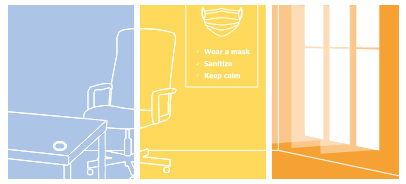Create spaces to maintain trust with your audience
Trust is rarely a one-off transaction
People are almost always looking for the next qualifier to maintain their trust in something. This may seem unfair. After all, every subsequent action one takes is evaluated, and we don’t like being judged.
The keyword here is transaction. You prove your trustworthiness in exchange for someone’s attention. These transactions are the basis on which all future transactions between two people or groups take place.
To build something solid in a relationship, building and maintaining trust should be your first priority.
If you’ve been following these emails, we’ve touched on how you can initiate trust when people first come into contact with you, with the help of:
- Customer/beneficiary testimonials
- Volunteer/employee experiences
- Case studies
What about maintaining trust?
Build spaces to maintain trust
To explore just one avenue, it involves interacting with people in the right place at the right time.
Here are some clear examples to the contrary:
- You wouldn’t send an acquaintance a text at 3 in the morning.
- You wouldn’t have a therapy session in a crowded restaurant, or a conference call.
- People wouldn’t click on an Ad for DIY tools on a food blog.
The difficulty is in taking into account all the minutiae that determine the right place and time for specific people. It requires information and resources that you may not have at hand.
A workaround would be to design spaces where it is always the right place, and always the right time. These are often spaces that people can enter and leave at will.
An article from the American Psychological Association cites multiple studies exploring how to build trust in physical spaces. For example, making a space familiar and recognizable, or making safety precautions for COVID clearly visible.

How does this translate if the interactions you have are online?
It might be hard to imagine “spaces” in an online sense. To illustrate with an example:
Say you’re bringing people from your social media handle or your newsletter to your website in order to engage them more deeply.
- Is your brand’s voice congruent across all the channels that you are reaching people on?
- Is it easy for people to find what you advertised—on the page?
- Are the images that you use to promote your article or page on the page itself?
In other words, are you consistently who you portray yourself to be?
We could group a lot of these things together under your organization’s brand guidelines. Funnily enough, it’s an easy thing to ignore (the benefits are hard to measure, and aren’t obvious, after all).
See you next time,
Mukundan
